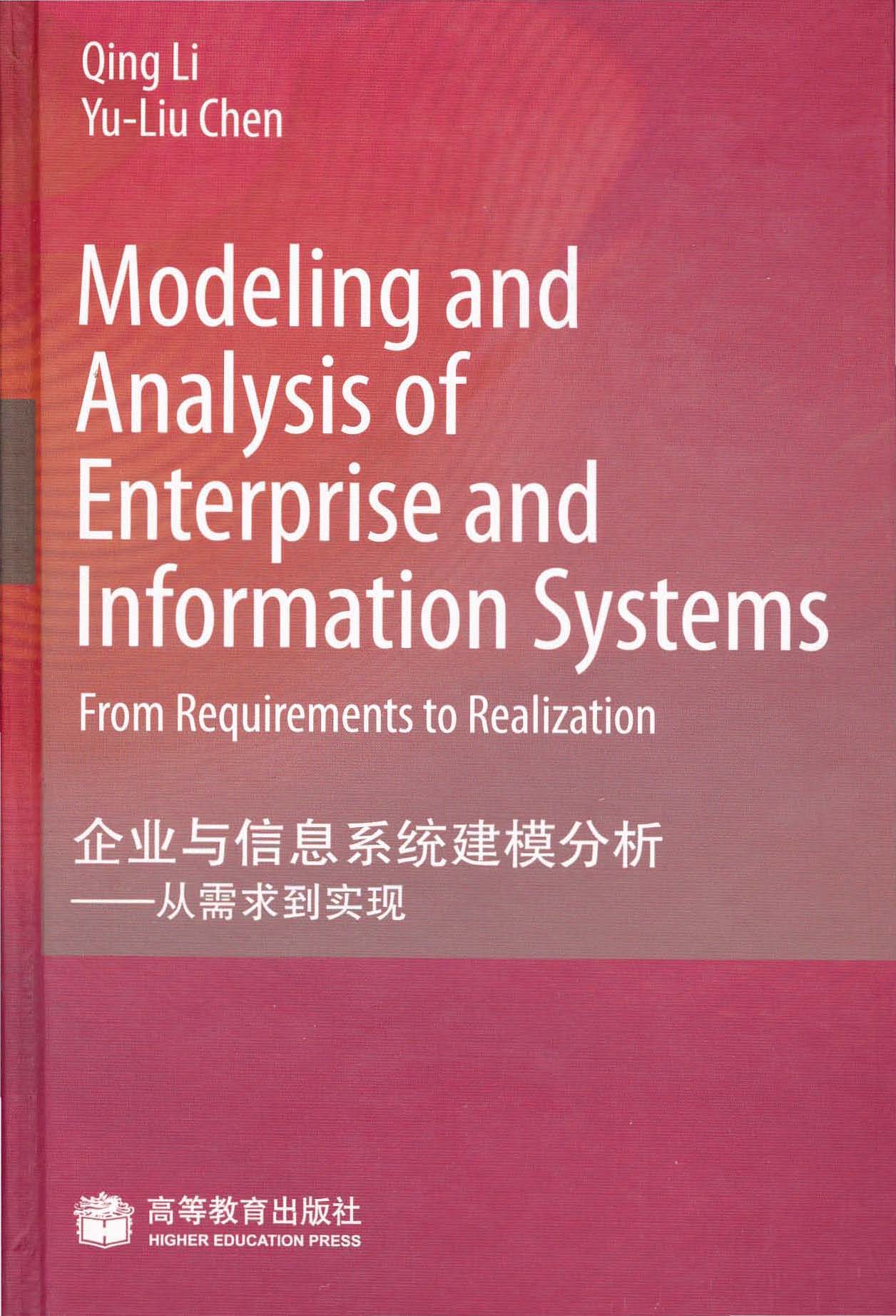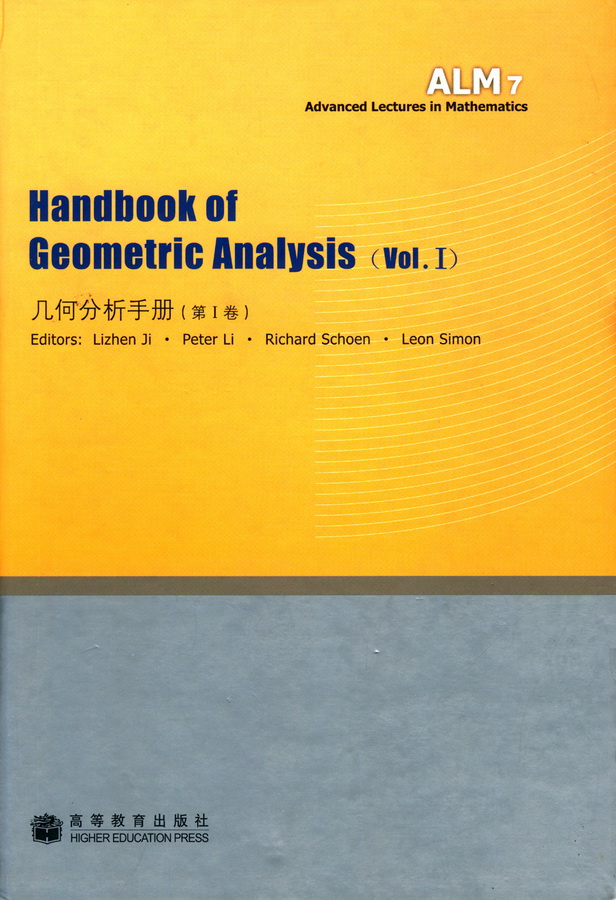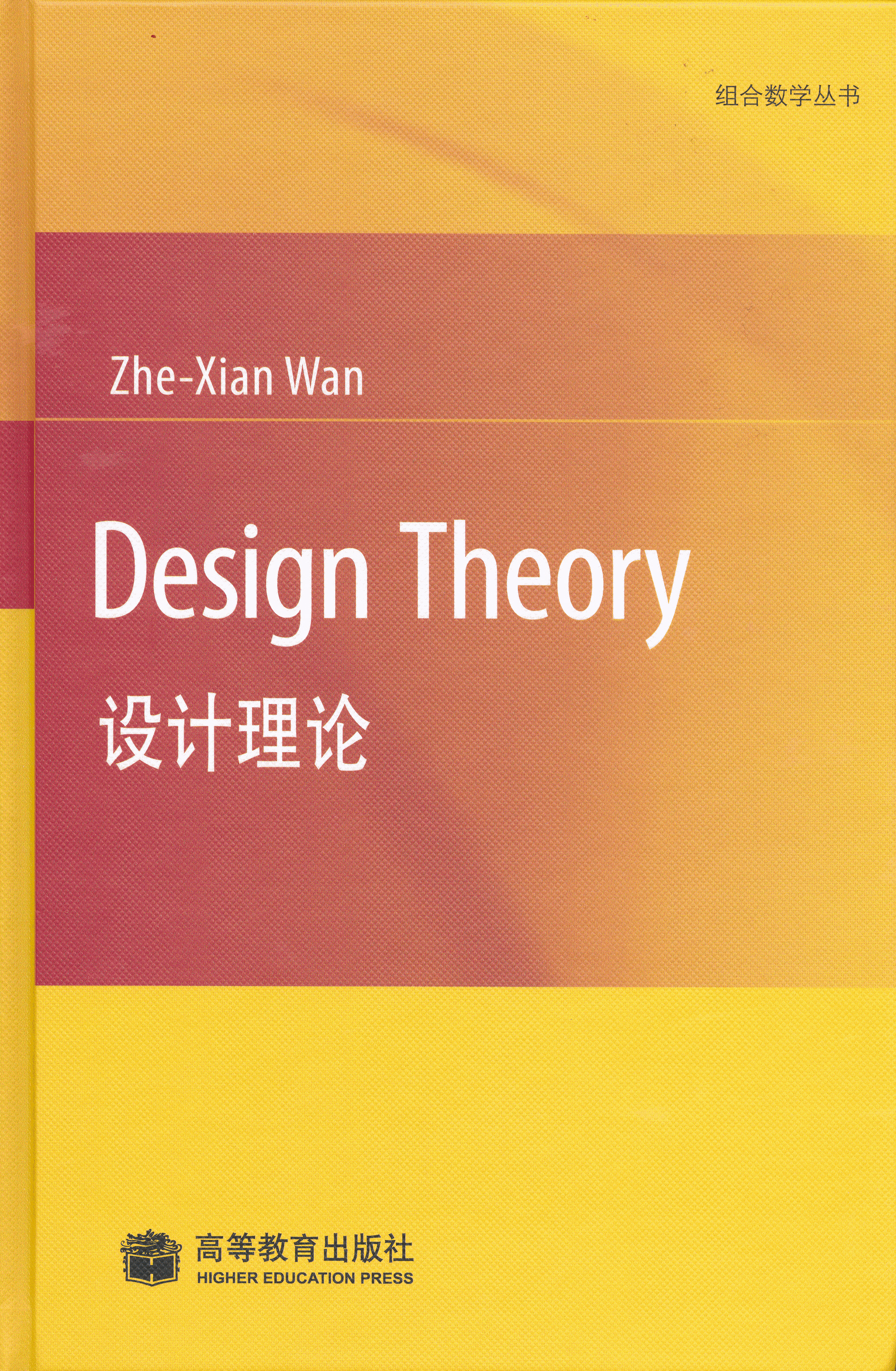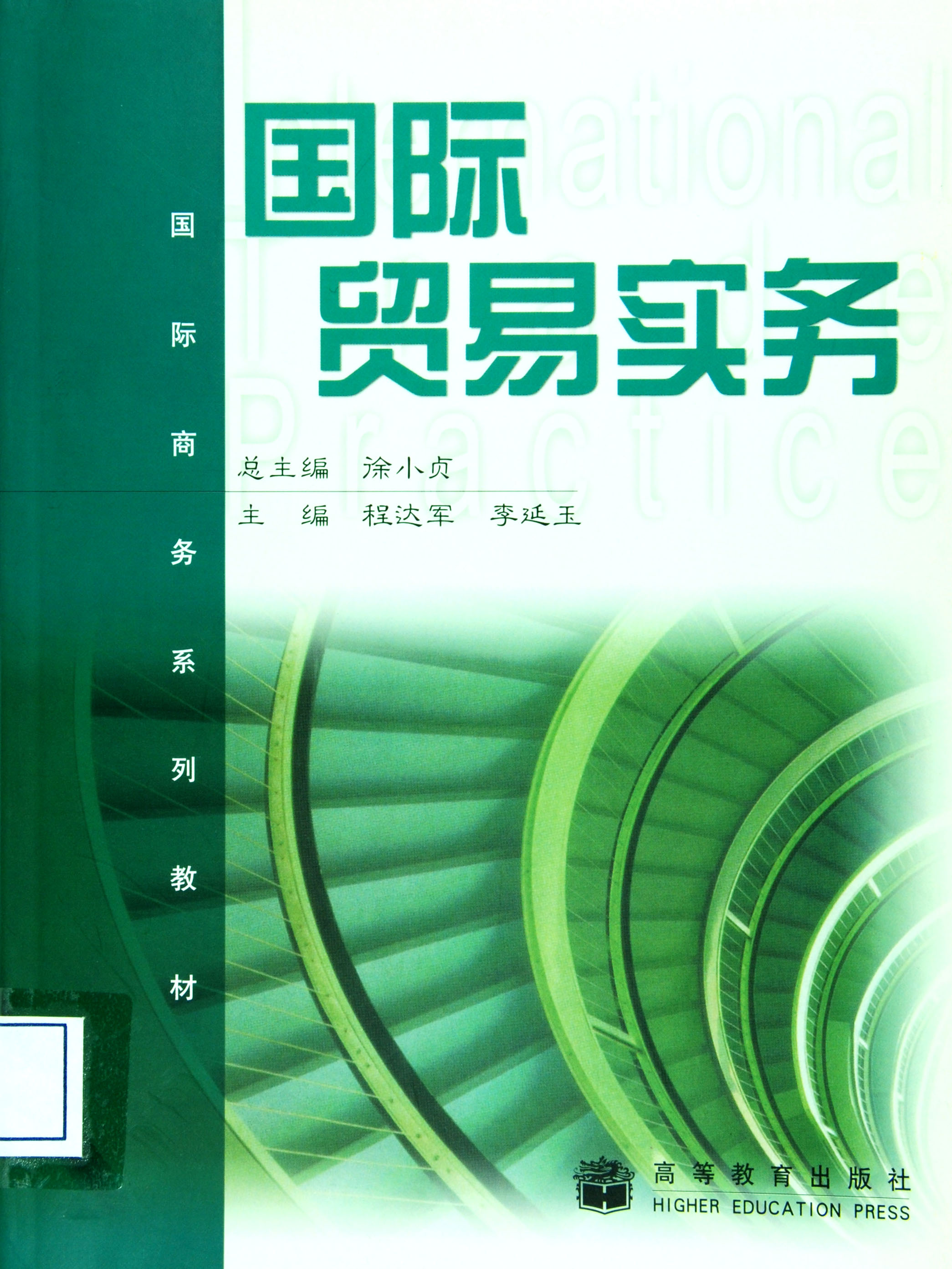企业与信息系统建模分析——从需求到实现(英文版) / 中国图书对外推广计划
作者: Qing Li,Yu-Liuchen
出版时间:2009-02
出版社:高等教育出版社
- 高等教育出版社
- 9787040249552
- 1版
- 227396
- 48266505-6
- 精装
- 特殊
- 2009-02
- 620
- 416
- 工学
- 计算机类
- F270.7
- 计算机、信息、电子类
- 研究生及以上
Modeling and Analysis of Enterprise and Information Systems From Requirements to Realization discusses the basic principles of enterprise architecture and enterprise modeling. After an introduction to the field the General Enterprise Modeling Architecture is presented. The new architecture includes a set of models and methods. It describes different aspects of the system and covers its life cycle. Its models are structuralized models with multi-layers and multi-views. They are descriptions and cognitions of the system at the top level and provide tools and methodology to understand, design, develop and implement the system. This book is intended for researchers and graduate students in the field of industrial engineering, management engineering and information engineering. Enterprise Models discussed in this book provide a rich source in enterprise diagnosis, business process reengineering and information system implementation.
Front Matter
1 Introduction to Enterprise and System Modeling
1.1 What Do ``Analysis'' and ``Design'' for an Enterprise Mean
1.2 What is a Model
1.3 Purpose and Usage of Models
1.4 Content of a Model
1.5 Viewpoints and Abstract Levels of a Model
1.6 Modeling Methods Families
1.7 Model Based System Integration and Model Driven Architecture
References
2 Enterprise and Information System Architectures
2.1 Purposes of System Architectures
2.2 Computer Integrated Manufacturing---Open System Architecture
2.3 GRAI Integration Methodology and IMPACS
2.4 Purdue Enterprise Reference Architecture
2.5 Architecture of Integrated Information System
2.6 Zachman Framework
2.7 Generalized Enterprise---Reference Architecture and Methodologies
2.8 Stair-Like CIM System Architecture
2.9 Basic Elements Analysis of System Architectures
2.10 General Enterprise Modeling Architecture
References
3 System Development and Integration Methodology
3.1 Role of Methodology in Enterprise and System Integration
3.2 Structured Methodology
3.3 Object-Oriented Methodology
3.4 GEM Structured Approach
3.5 Interview---Original Data Collection for a Modeling Task
References
Part Two Function Oriented Modeling and Analysis
4 Data Flow Diagram
4.1 Introduction to DFD
4.2 Syntax and Semantics of DFD
4.2.1 Notations of DFD
4.2.2 DFD Models Organization
4.2.3 Data Dictionary
4.3 Structured Approach of DFD
4.3.1 Modeling Process of DFD
4.3.2 Data Flow Diagramming Rules
4.4 DFD Modeling Case
References
5 IDEF0 Function Modeling
5.1 Introduction to IDEF0
5.2 Syntax and Semantics of IDEF0
5.2.1 Basic Concepts and Rules of IDEF0
5.2.2 IDEF0 Diagrams
5.3 Structured Approach of IDEF0
5.4 IDEF0 Modeling Case
References
Part Three Data Oriented Modeling and Analysis
6 Entity-Relationship Diagram
6.1 Introduction to Entity-Relationship Diagram
6.2 Syntax and Semantics of ERD
6.2.1 Entity
6.2.2 Attribute
6.2.3 Relationship
6.3 Data Analysis and Normalization
6.3.1 1st Normal Form (1NF)
6.3.2 2nd Normal Form (2NF)
6.3.3 3rd Normal Form (3NF)
6.4 Structured Approach and Modeling Case of ERD
References
7 IDEF1X Data Modeling
7.1 Introduction to IDEF1X
7.2 Syntax and Semantics of IDEF1X
7.2.1 Entity
7.2.2 Relationship
7.2.3 Attribute
7.3 Structured Approach of IDEF1X
7.3.1 Phase Zero: Project Initiation
7.3.2 Phase One: Entity Definition
7.3.3 Phase Two: Relationship Definition
7.3.4 Phase Three: Key Definition
7.3.5 Phase Four: Attribute Definition
References
Part Four Process Oriented Modeling and Analysis
8 IDEF3 Process Capture Method
8.1 Introduction to IDEF3
8.2 Syntax and Semantics of IDEF3
8.2.1 Basic Concepts of IDEF3
8.2.2 Process Diagram
8.2.3 Object Diagram
8.3 Structured Approach of IDEF3
References
9 Other Kinds of Process Modeling Methods
9.1 Event-Driven Process Chain
9.2 Gantt Chart and PERT
9.3 Role Activity Diagram
9.4 Petri Net
9.5 GRAI Method
9.6 Business Process Modeling Notation
References
Part Five Object Oriented Modeling and Analysis
10 IDEF4 Object-Oriented Design Method
10.1 Introduction to IDEF4
10.2 Syntax and Semantics of IDEF4
10.2.1 IDEF4 Object-Oriented Concepts
10.2.2 Static Model
10.2.3 Behavior Model
10.2.4 Dynamic Model
10.3 Structured Approach of IDEF4
References
11 Unified Modeling Language
11.1 Introduction to UML
11.2 Syntax and Semantics of UML
11.2.1 Static View
11.2.2 Design View
11.2.3 Use Case View
11.2.4 State Machine View
11.2.5 Activity View
11.2.6 Interaction View
11.2.7 Deployment View
11.2.8 Model Management View
11.2.9 Profiles
11.3 Structured Approach of UML
References
Part Six Enterprise Modeling Techniques New Development
12 Ontology Capture Methods
12.1 Introduction to Ontology and IDEF5
12.2 Syntax and Semantics of IDEF5
12.2.1 Basic Concepts of IDEF5
12.2.2 First-Order Schematic
12.2.3 Second-Order Schematic
12.2.4 Relation Schematic
12.2.5 Object State Schematic
12.3 Structured Approach of IDEF5
12.4 Subject-Oriented Knowledge Formalization
References
13 Economic View and Performance Modeling
13.1 Introduction to Economic View and Performance Modeling
13.2 Framework of Economic View
13.3 Enterprise Information System Project Selection
13.3.1 Decision Method
13.3.2 Decision Modeling
13.3.3 ANP Application
13.3.4 Sensitivity Analysis
13.4 Fuzzy Performance Modeling and Measurement
13.4.1 Performance Model Structure and Multi-indicators Hierarchy
13.4.2 Fuzzy Performance Modeling Framework
13.4.3 Knowledge Management of Fuzzy Performance Modeling
13.4.4 Fuzzy Performance Measurement
13.4.5 Case Study
References
14 Models Management, Implementation and Integration
14.1 Business Process Models Management and Reuse
14.1.1 Challenges in Business Process Models Management
14.1.2 Business Process Models Management System
14.1.3 Models Classification and Retrieval in BPMMS
14.2 Evaluation Indicators System Refining
14.2.1 Knowledge Reuse of Evaluation Indicators System
14.2.2 Structural Similarity of Evaluation Indicators System
14.2.3 Refining Mechanism of Evaluation Indicators System
14.2.4 Case Study
14.3 Model Based Project and Process Management Integration
14.4 Modeling for Product Information Tracking and Feedback
14.4.1 Modeling from the System Level
14.4.2 Modeling from the Process Level
14.4.3 Modeling from the Information and Data Level
14.4.4 Dynamic Information Acquisition and Processing with Wireless Technology
14.4.5 Case Study
14.5 Enterprise Modeling Based Services Development
14.5.1 Service Modeling Language
14.5.2 Service Modeling Process
14.5.3 Case Study
References
Index








